Beautiful Child
A young woman with insect genes flees from the cult that brought her to life. On her escape, she tries to understand her murderous impulses as her body undergoes grotesque metamorphoses.
Marie has never seen the world outside her room in an old hotel. Ever since she hatched 16 years ago, her foster parents have hidden her from everything, including the cult that bred her.
As Marie approaches adulthood, her human traits become more pronounced. Yet, she senses she’s not like her parents and wonders why. As the children of the cult die off from a mysterious disease, Marie is the sole female to continue the species. Her father, Bernard, anticipates the danger of his daughter’s future as a breeder should the cult find her, and he goes into hiding with her. His hope: disguise his child completely as human and repress that in her which is not. Maybe, this way, she’ll stand a chance to have a normal and happy life.
On their escape, Marie sees and experiences the world outside the hotel for the first time. She is exhilarated as much as she is confused, angry at her parents from keeping her from things. She develops the curiosities and longings of a human teenager, and breaks her father’s strict rules meant to protect her. All the while, she struggles with her conflicting physical realities as her insect genes begin to express themselves. Controlled by strange impulses, Marie takes human lives, and Bernard begins to question his initial choice.
The cult aggressively close in on them with their hope for survival. Cornered, Marie finds no better choice than to defy the father that loves her, the cult that needs her, and go down her own risky path to subvert these challenges to her autonomy.
PROJECT DETAILS
GENRE: science-based body horror
BUDGET: $1 - 3 million (USD)
TIME PERIOD: current
STATUS: early development
PRODUCER: Kristian Van Der Heyden, Harald House (Belgium)
DIRECTORS/WRITERS: Nicole Elmer and Jorge Sermini
Contact: info@bluepaperfilm.com
THEMES
Daughter explores some of today’s most pressing issues: the erosion of women’s civil rights, the global biodiversity crisis, and human attraction to dangerous cult mentalities.
Inspired by the work of filmmakers Julia Ducournau and David Cronenberg, the film centers these conflicts within the body as an experience that isn’t always private or something we can control. But the body is not just a political battleground or an expression of ideologies, it’s also a source of pain and pleasure at its most basic level. And despite our best efforts, our bodies are not things we can completely alter as we wish. If it isn’t the world getting in the way, it’s our genes.
VISUAL APPROACHES
For inspiration, the directors look to moth behavior, specifically their relationship to light. Moths are nocturnal but attracted to light like to aid their navigation. Urban light pollution today disturbs all species that use the night for safety, including moths.
For Bernard and Marie, they must flee the cult during the night hours but hide indoors during the day. Bernard tries his best to assist Marie’s trouble with urban light pollution, as well as other environmental threats. For these contrasts, we will play with the light and darkness of Chiaroscuro. The 1966 film Persona by Ingmar Bergman is a good reference, with natural light patching the dark interiors, and serving as emotional metaphors for the characters.
Additionally, this film explores physical metamorphoses through unabashed photography of the human and the insect body, through the self-mutilation practice by members of the cult, and Marie’s own graphic changes that combine human puberty and the life cycles of lepidoptera (moths and butterflies).
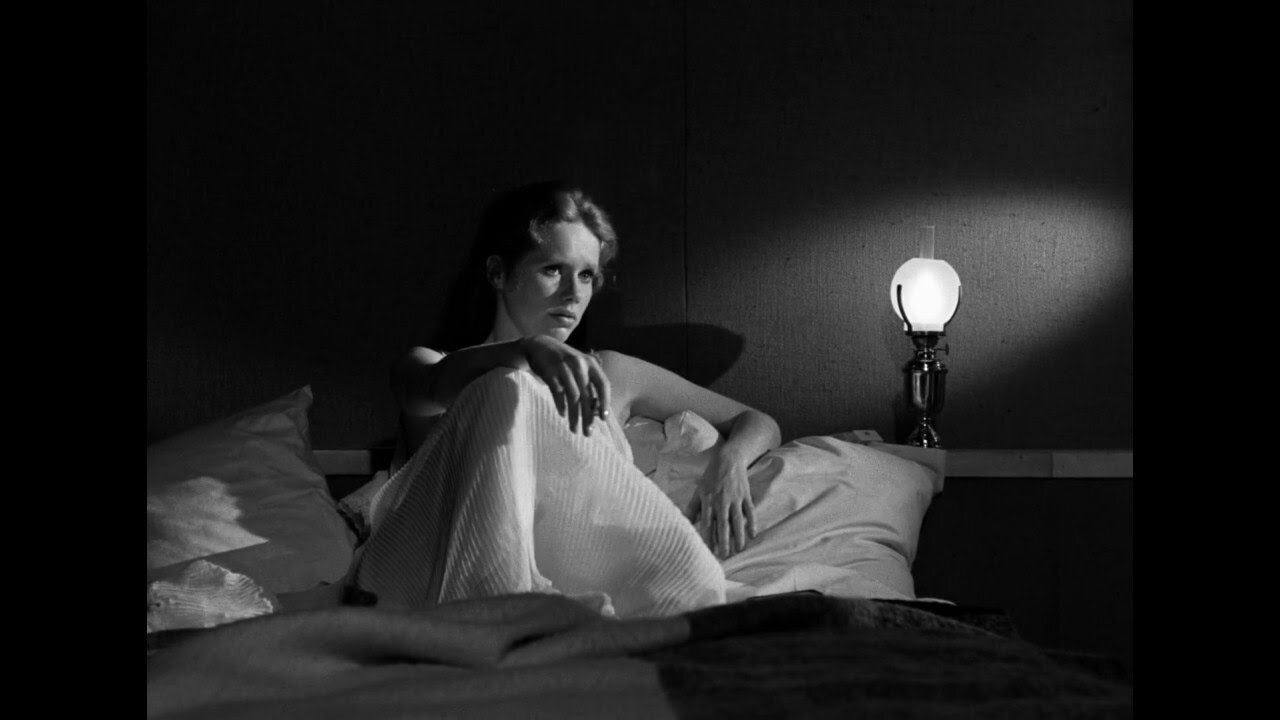
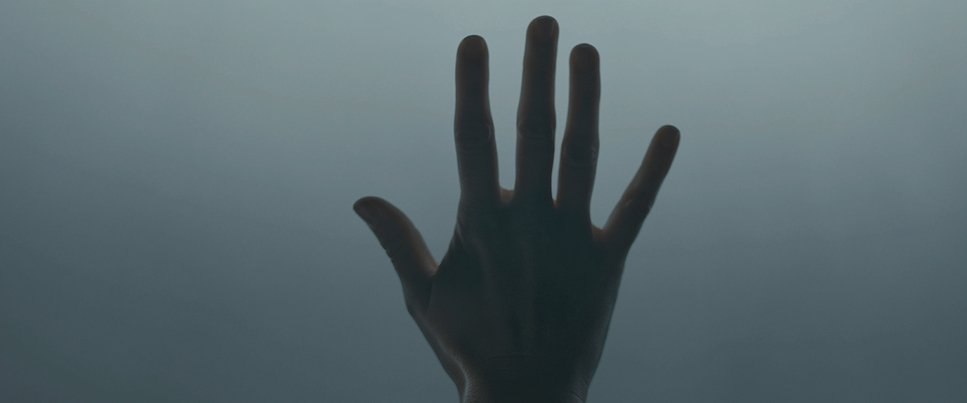
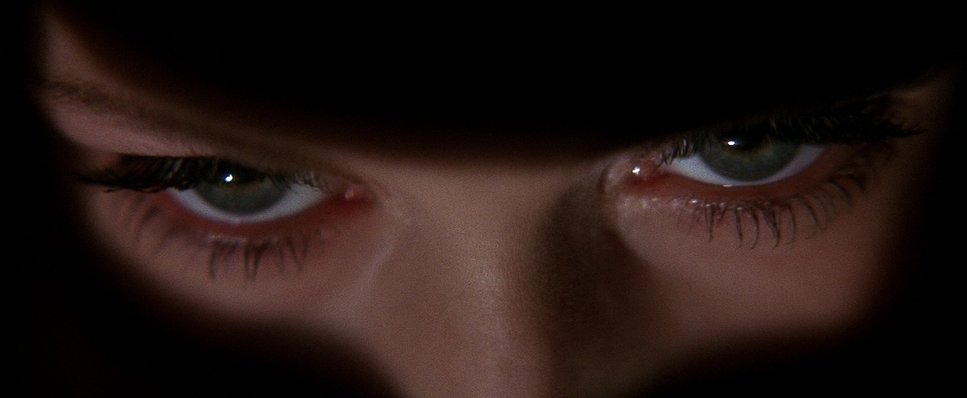
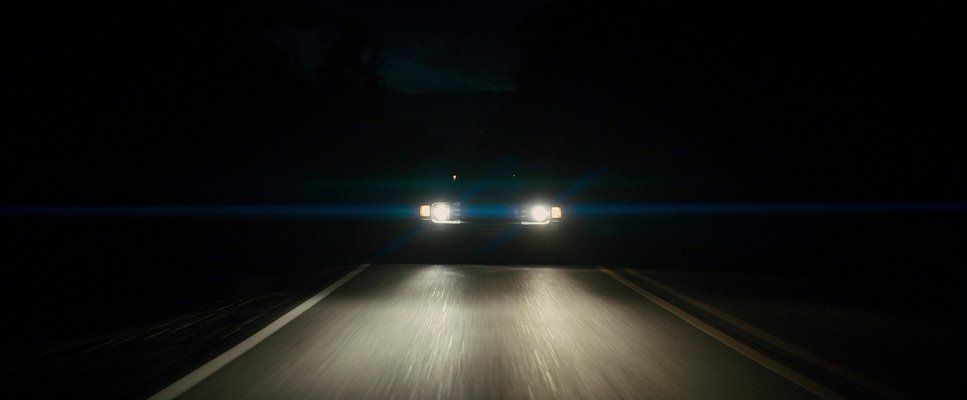

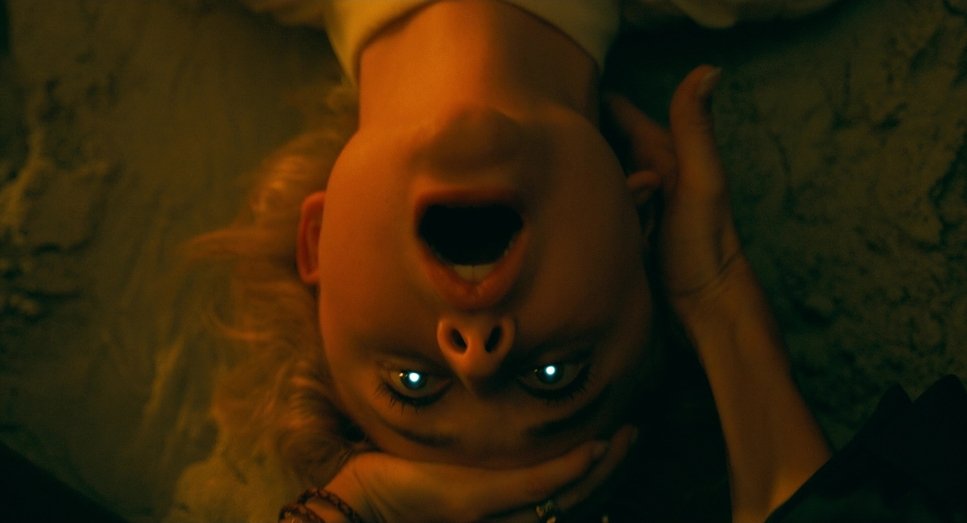

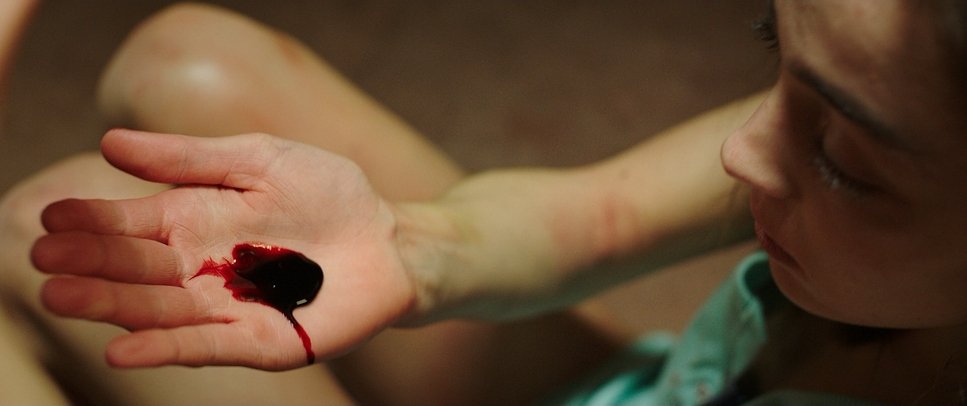

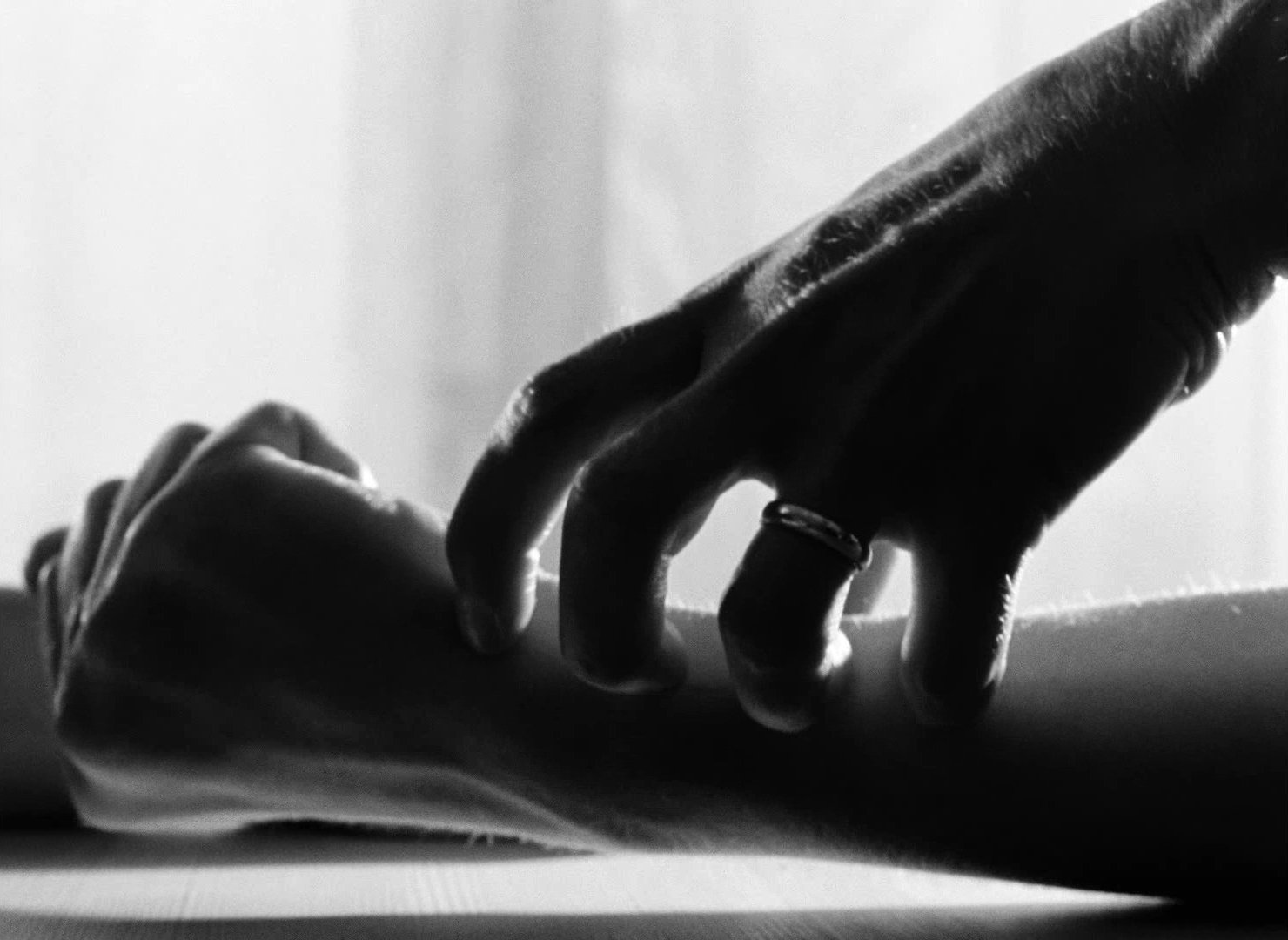
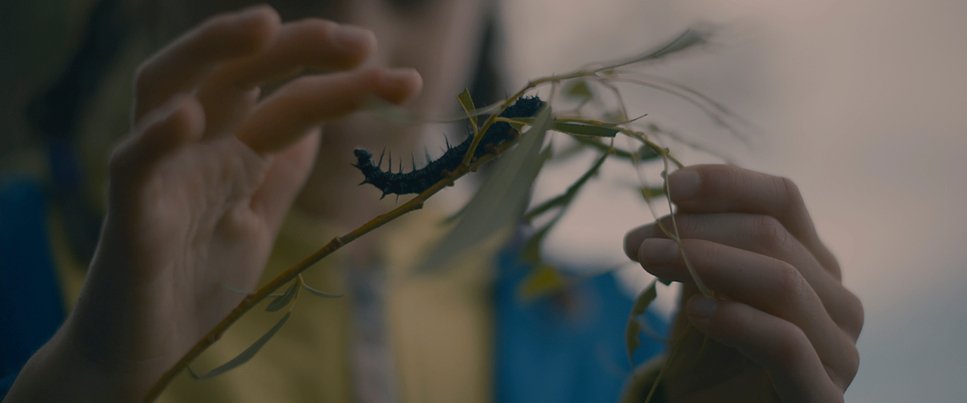
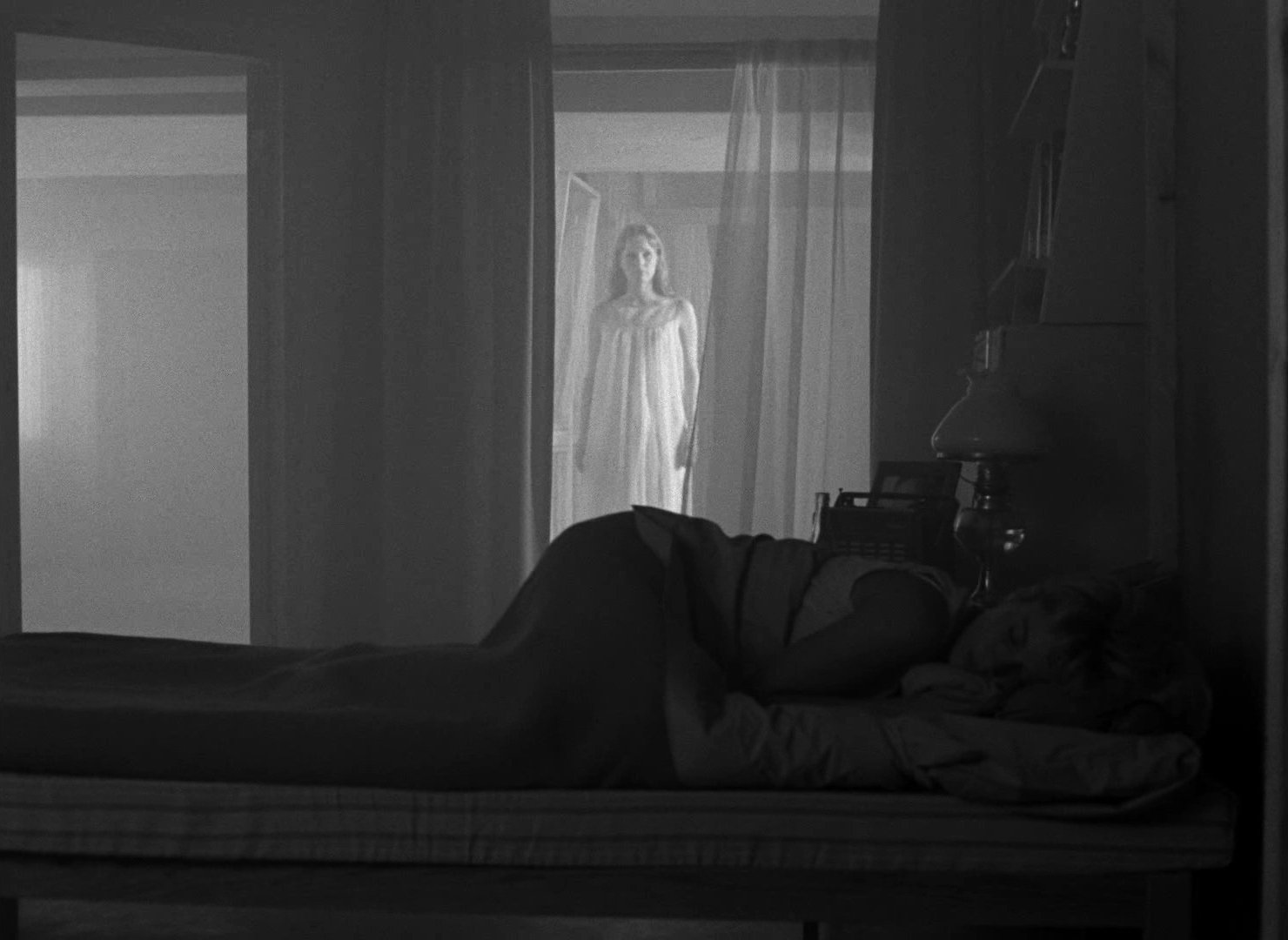
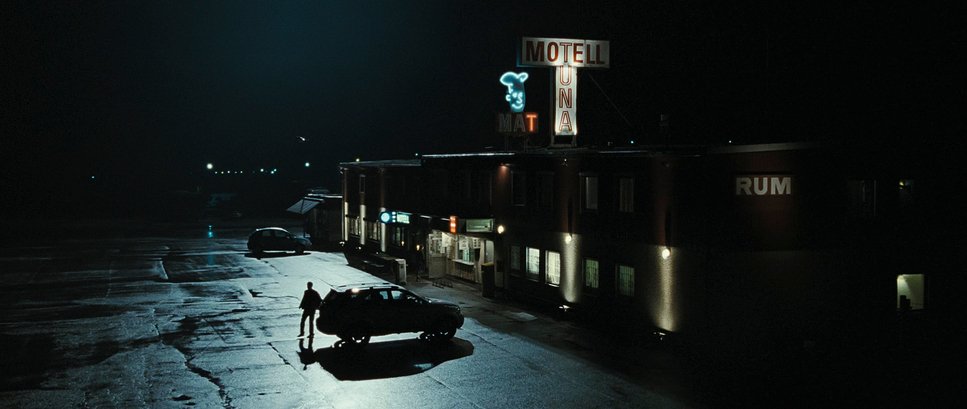
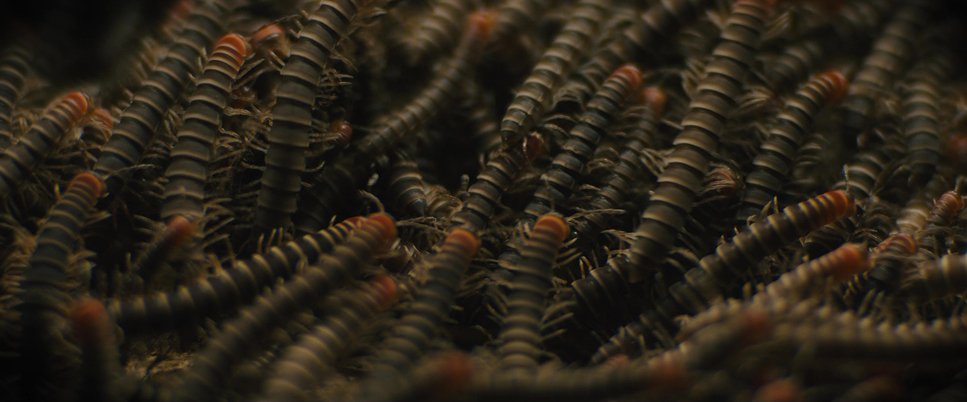
DIRECTORS’ PERSONAL CONNECTIONS
Nicole Elmer: “In my experience as a science communicator, I am constantly fascinated with the bizarre and beautiful ways species have evolved for the purpose of survival. My interest in social insect behavior and parasitism has inspired the character of Marie and her unique experience as both an insect and a girl entering womanhood.”
Jorge Sermini: “How far would we go as parents to protect our children? What sacrifices would we be willing to make and where would we draw the line? As a father of a young woman, under what circumstances would I break the law to give her an advantage? These are questions that Marie’s father, Bernard, faces as he tries to protect her from the world. As he becomes challenged by Marie’s increasingly erratic and dangerous behavior and changes, he finds himself torn between his love for his child and the moral limits to that love.”
Directors Nicole Elmer and Jorge Sermini

